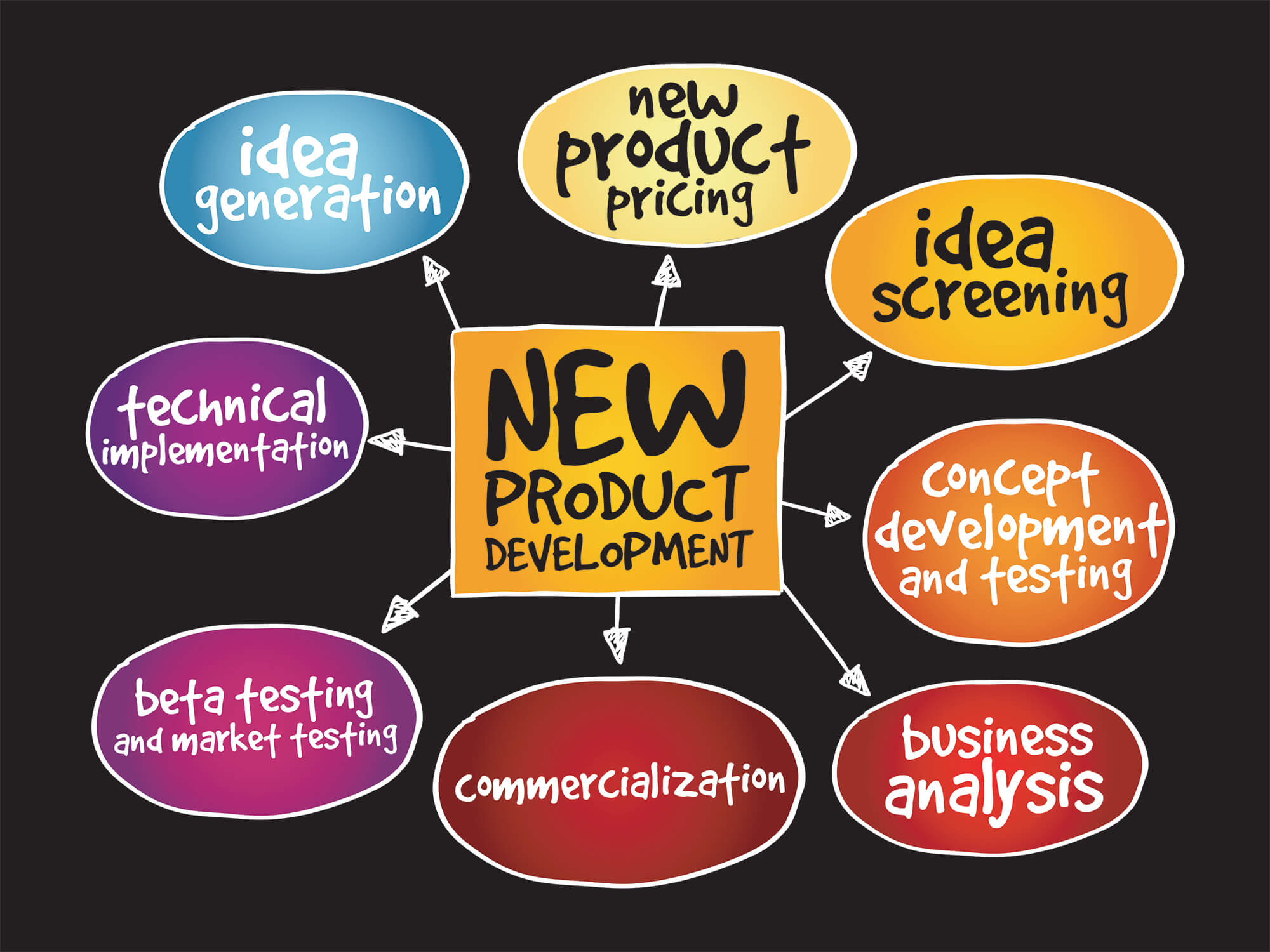Unveiling the Power of Product Development and Innovation in Marketing: A Comprehensive
Exploration with Five Inspiring Examples
This comprehensive guide provides an in-depth exploration of product development and innovation in marketing, covering fundamental principles, strategies, and real-world examples to inspire and educate readers on the power of innovation in driving business success.

In the ever-evolving business landscape, product development, and innovation stand as pillars of success. From ideation to execution, businesses strive to create products and services that not only meet but exceed customer expectations. In this comprehensive guide, we will delve deep into the realm of product development and innovation in marketing, exploring the fundamental principles, strategies, and real-world examples that exemplify excellence in this domain.
Part 1: Understanding Product Development and Innovation
1.1 What is Product Development?
- Definition and Concept: Product development is the process of conceptualizing, designing, and bringing a new product or service to market.
- Importance: It plays a pivotal role in driving business growth, enhancing competitiveness, and meeting evolving customer needs.
1.2 The Role of Innovation in Product Development
- Definition of Innovation: Innovation refers to the creation or adoption of new ideas, processes, products, or services that result in significant value addition.
- Importance of Innovation: It fuels differentiation, drives market disruption, fosters sustainable growth, and enhances customer experiences.
Part 2: Strategies for Successful Product Development and Innovation

2.1 Market Research and Analysis
- Conducting Market Research: Understanding customer needs, preferences, and pain points through surveys, interviews, and data analysis.
- Competitive Analysis: Evaluating competitors' products, identifying gaps in the market, and uncovering opportunities for differentiation.
2.2 Idea Generation and Concept Development
- Brainstorming Sessions: Encouraging creativity and collaboration to generate innovative product ideas.
- Concept Testing: Assessing the feasibility and market potential of product concepts through prototypes, mock-ups, or pilot studies.
2.3 Design and Development
- Prototyping: Creating prototypes to visualize and refine product features, functionality, and user experience.
- Iterative Design Process: Embracing feedback loops to continuously improve and iterate upon the product design.
2.4 Testing and Validation
- Beta Testing: Engaging real users to test the product in a real-world environment and gather feedback.
- Market Validation: Assessing market acceptance, demand, and viability through pre-launch trials or pilot programs.
2.5 Launch and Commercialization
- Go-to-Market Strategy: Developing a comprehensive plan for product launch, including pricing, distribution, and promotion.

- Post-launch Evaluation: Monitoring product performance, gathering customer feedback, and making necessary adjustments to optimize success.
Part 3: Real-World Examples of Product Development and Innovation
3.1 Apple Inc. - iPhone

- Innovation: Introduction of touchscreen technology, App Store ecosystem, and continuous software updates.
- Impact: Redefining the smartphone industry, setting new standards for design, functionality, and user experience.
3.2 Tesla - Electric Vehicles

- Innovation: Advancement of electric vehicle technology, autonomous driving features, and sustainable energy solutions.
- Impact: Disruption of the automotive industry, driving adoption of clean energy alternatives, and reimagining transportation.
3.3 Airbnb - Online Marketplace for Accommodation

- Innovation: Creation of a peer-to-peer platform for short-term rentals, leveraging underutilized assets.
- Impact: Revolutionizing the hospitality industry, empowering hosts and travelers, and democratizing travel experiences.
3.4 Spotify - Music Streaming Service

- Innovation: Development of personalized playlists, algorithmic recommendations, and collaborative playlists.
- Impact: Transforming the music industry, reshaping how people discover and consume music, and challenging traditional distribution models.
3.5 Beyond Meat - Plant-Based Meat Alternatives

- Innovation: Development of plant-based protein products that mimic the taste and texture of meat.
- Impact: Pioneering the plant-based food movement, addressing environmental concerns, and catering to changing consumer preferences.
Conclusion:
Innovation in product development is not merely a luxury but a necessity for businesses striving to thrive in today's competitive landscape. By embracing creativity, leveraging market insights, and prioritizing customer-centricity, organizations can drive meaningful change, disrupt industries, and create lasting value. The examples highlighted in this guide serve as inspiration for aspiring entrepreneurs and business leaders to embark on their journey of product development and innovation, shaping the future of marketing and commerce.
Comments
Post a Comment